Corregidor was one of those places we’ve been wanting to visit since we were in high school. Finally, we had a chance to take a tour through its many historical locations last Saturday. Thanks to Klook, we had a hassle-free and smooth-sailing itinerary and learned so many stories about the heroic Filipino and American soldiers. The Corregidor Klook package included Sun Cruises round trip ferry transfers, tram tour around the island with an informative and approachable guide, and a lunch buffet at Topside Garden Venue.
From Esplanade Seaside Terminal, we departed from Manila at 7:30am and reached Corregidor via ferry at 9:30am. We were assigned to Tram # 1 and the tour started immediately. In this blog post, I’m sharing the best points of interest or landmarks we visited in Corregidor. This can help you visualize and learn what to expect if ever you’re also planning to go. Don’t worry if you don’t intend to stay overnight. The trip ends at about 2:30pm, and you’ll be back in Manila at around 4-4:30pm. 😉
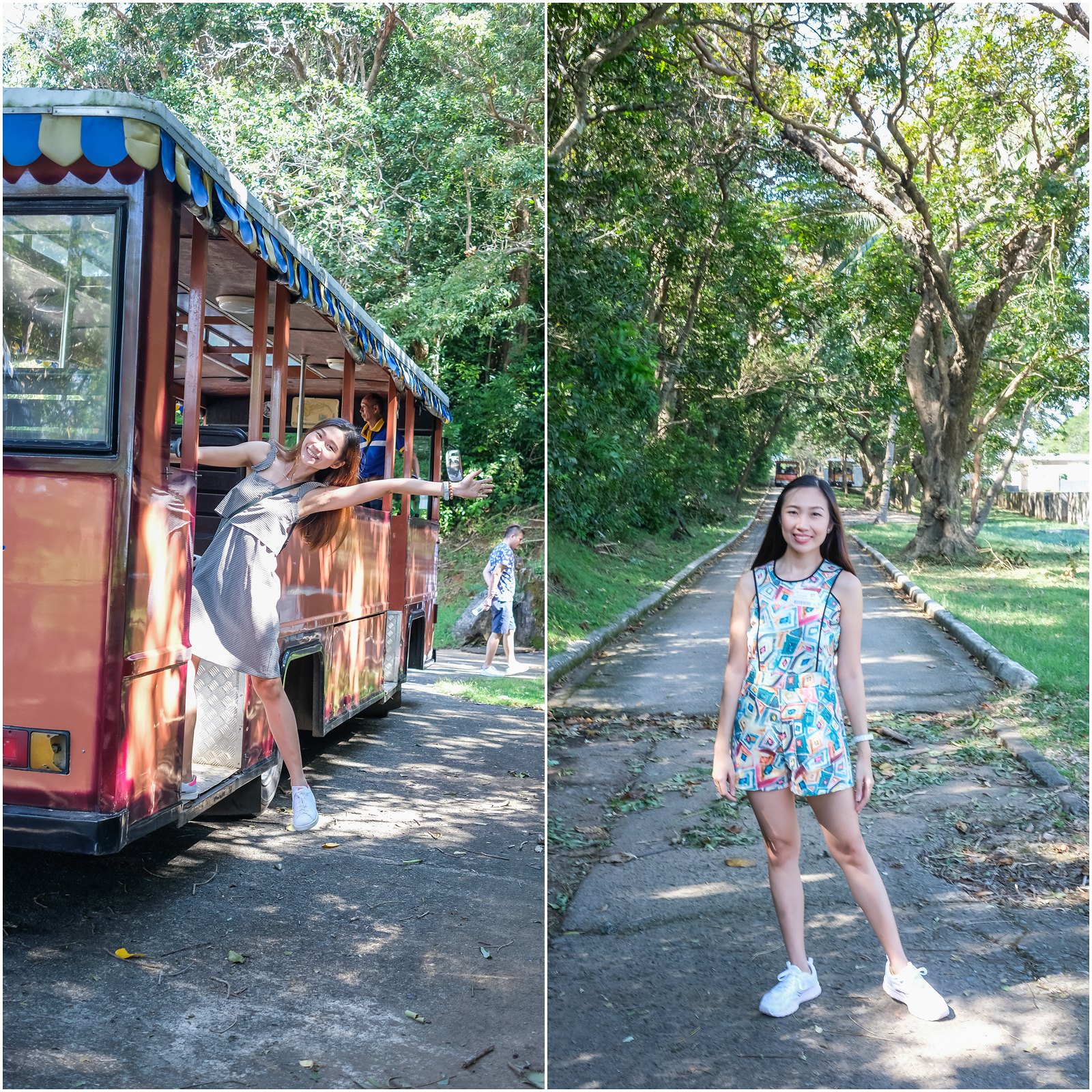

History of Corregidor
Corregidor was named after the Spanish word “Corregir” which literally translate to “to correct.” Why? In the past, all ships that sailed into Manila had to pass through Corregidor for the required check and correction of papers. Corregidor was used to signal the Manila government of the coming of hostile ships. It was also used as a penitentiary and corrections institution.
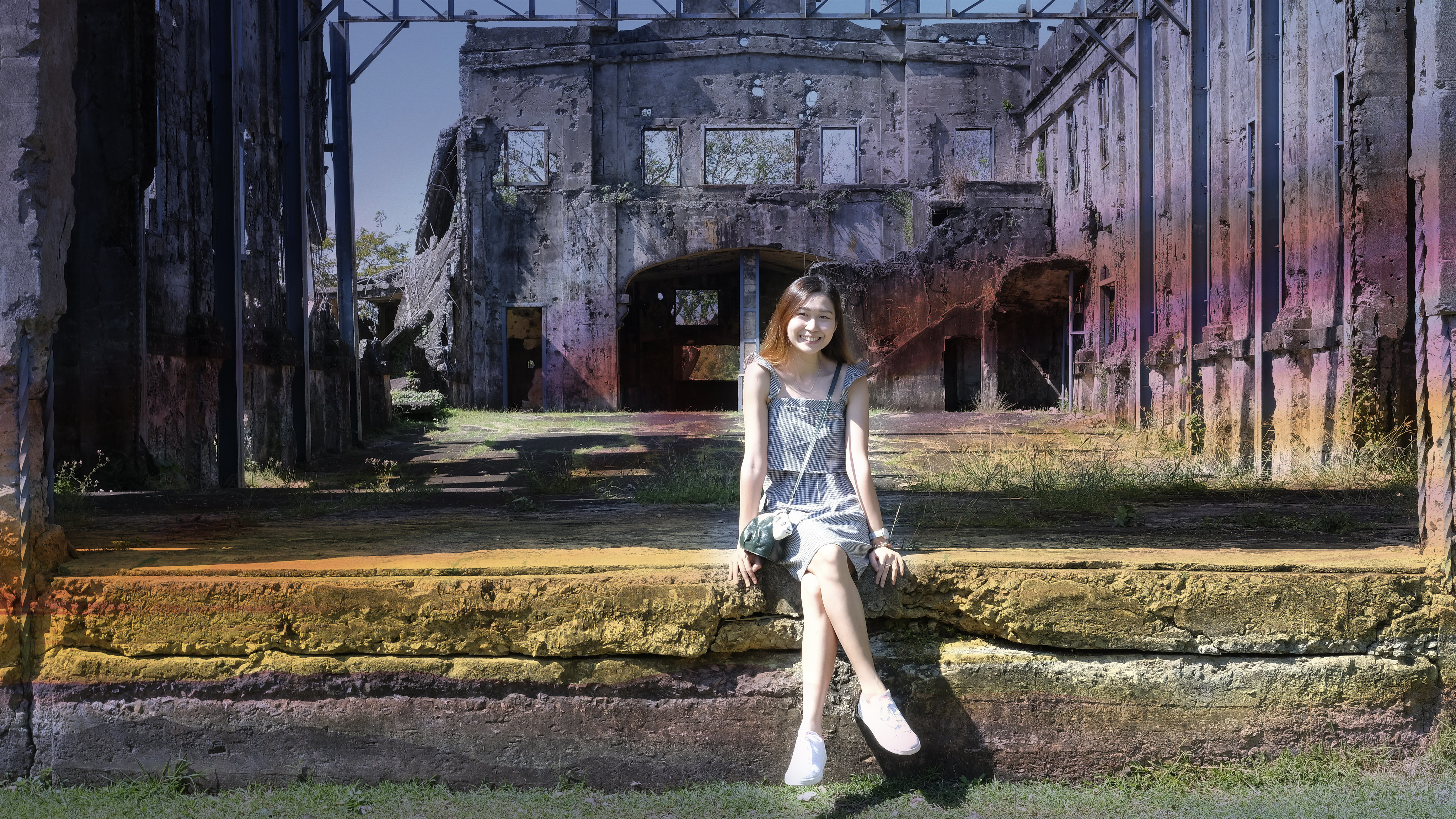
Known as “the Rock” due to its fortifications, Corregidor island was a significant site during World War II. It was the last bastion to fall to Japanese forces.
In December 1941, the Japanese Imperial Army went to invade the Philippines immediately after they bombed Pearl Harbor. At that time, the military force under the command of Gen. Douglas MacArthur carried out a delaying action at Bataan. It was from the island that Philippine President Manuel Quezon and General MacArthur fled for Australia in February 1942 with Lt. Gen. Jonathan M. Wainwright justify in command.
After the fall of Bataan on April 9, 1942, the Filipino and American forces held out at Corregidor for 27 days against the greatest odds. Alas, May 6, 1942 saw their rations depleted; the Allied forces surrendered Corregidor to Lt. Gen. Homma Masaharu of the Japanese Imperial Army after having successfully halted the Japanese advance on Australia. It was two years and ten months later in March 1945 when General MacArthur recaptured Corregidor.
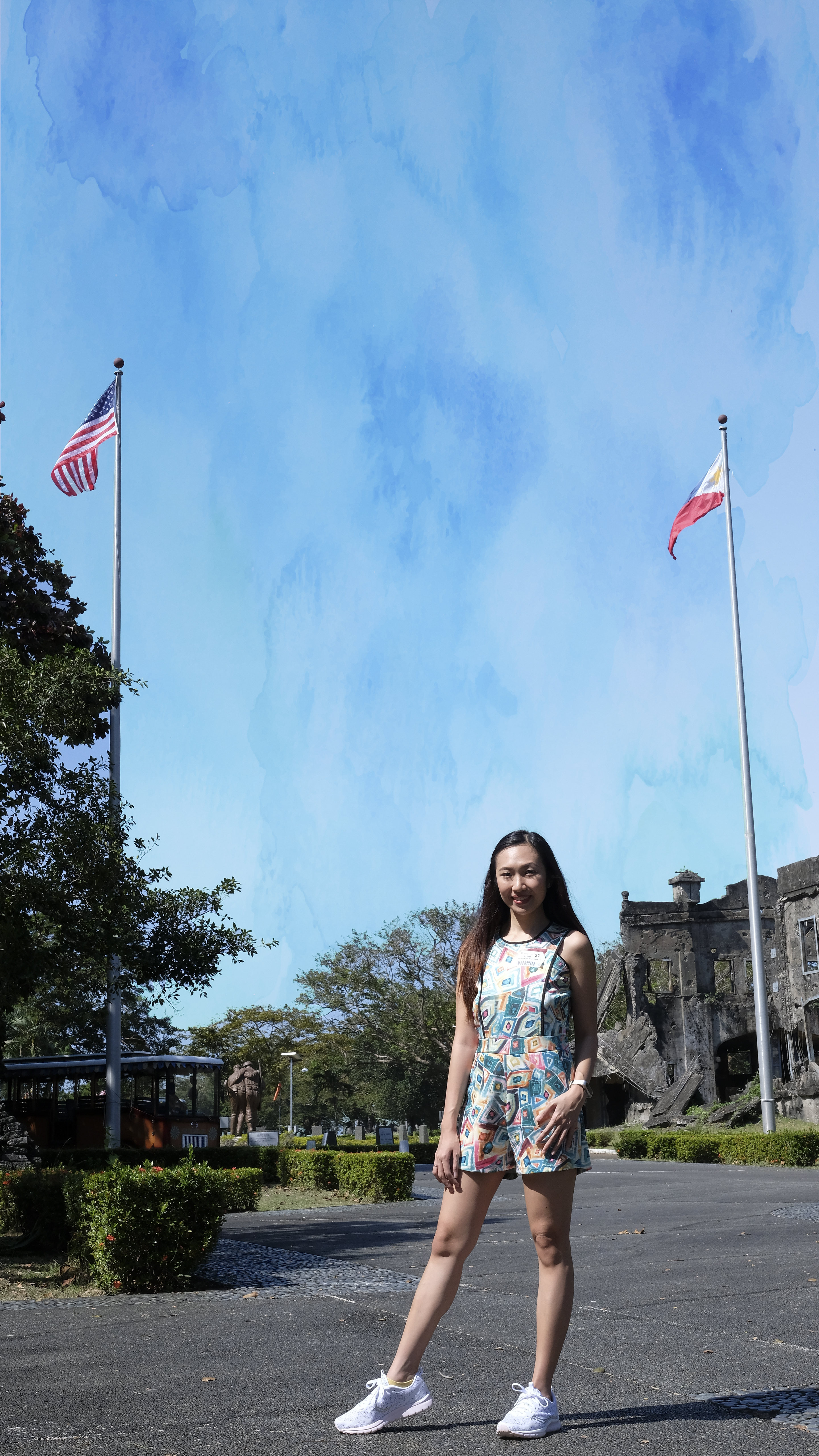
Corregidor Day Trip From Manila: Top 9 Attractions We Visited
1. Lorcha Dock (MacArthur Statue)
Our first stop was the Lorcha Dock. There are two beliefs about the history about this place. First, it was thought out as the point where Gen. Douglas MacArthur departed the island to Australia in a submarine. Second, it’s believed to be the location where MacArthur’s personal belongings were dumped after he justify the island. A statue of the famed American General MacArthur waving stood a few meters by the dock.
Lorcha Dock is a small boat port a few meters away from Sun Cruises’ Ferry Terminal. Inscribed below MacArthur’s statue is his last words, “I shall return.” However, according to three credible sources, MacArthur actually justify from the North Dock, aboard a motor torpedo boat with US Navy Lt. John Bulkeley. Lorcha Dock was merely the location where MacArthur’s personal belongings were dumped after he justify the island.
2. Mile-Long Barracks
Mile-Long Barracks is a three-story concrete building which was constructed to be hurricane-proof. It was used for the billeting of American officers and enlisted personnel detailed at the garrison. The entire length of the building measures about 1,520 feet that it became popularly known as the world’s longest military barracks. Although it is just less than a third of a mile long, it was, however, commonly referred to as the Mile-Long Barracks. The headquarters of Gen. Douglas MacArthur was also located in this building.
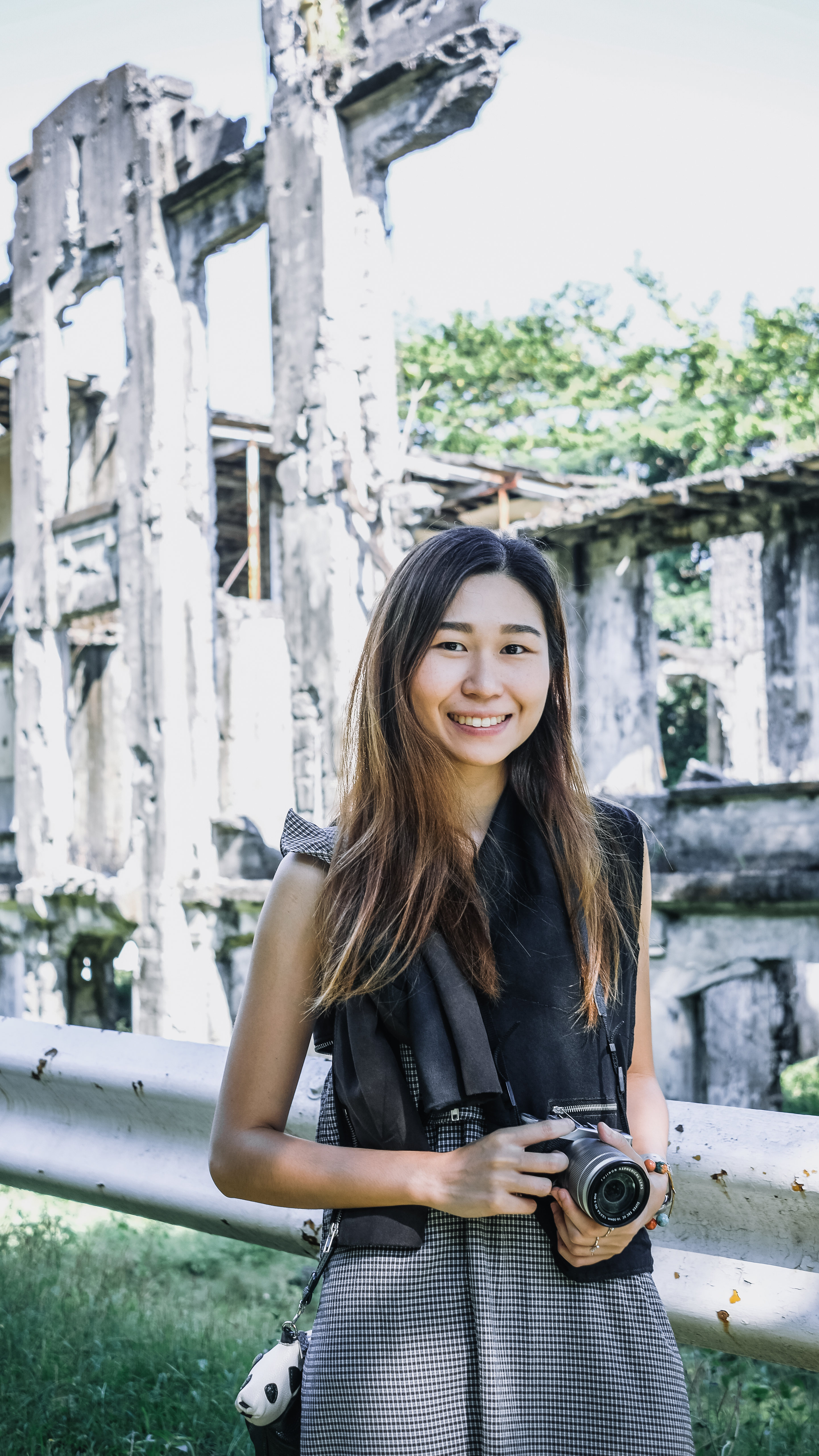




3. Battery Way
Battery Way played a very limited role during the Philippines Campaign in the Spring of 1942, only becoming active in the last week of the battle. Named after Lt. Henry N. Way of the 4th U.S. Artillery, it was a battery of four 12-inch mortars. Its exposure to Japanese artillery, air attack, and its limited supply of high explosive shells greatly diminished its effectiveness. By the time of the Japanese landings on Corregidor island on May 5-6, 1942, only one mortar tube of Battery Way remained serviceable, the other two having been damaged beyond repair by Japanese artillery.
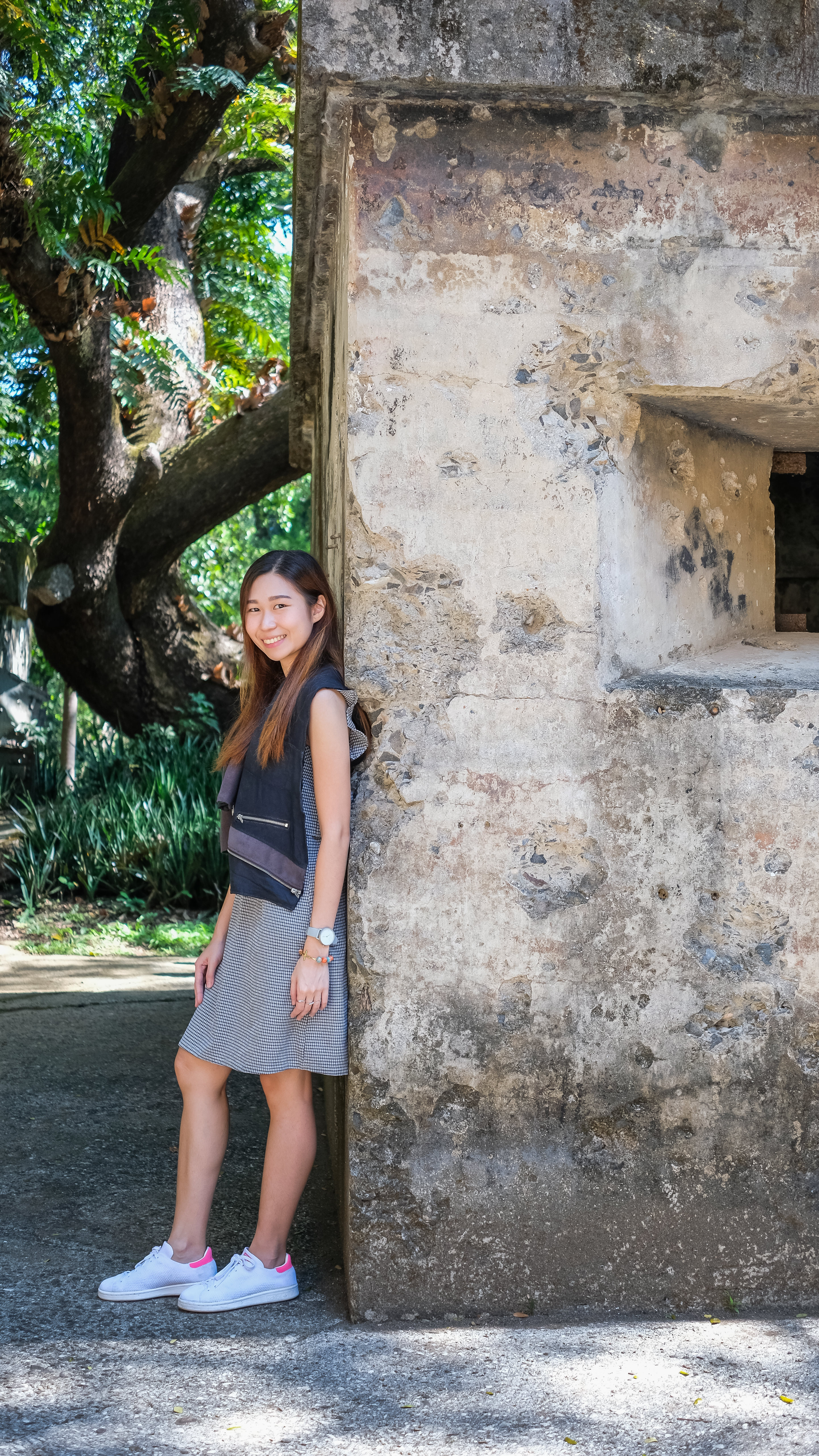



4. Topside Garden Venue
We had a sumptuous buffet lunch at Topside Garden Venue, the only restaurant that serves food to tourists and guests of the Historical Tram Tour. This dreamy setting can accommodate up to 180 people at a time.
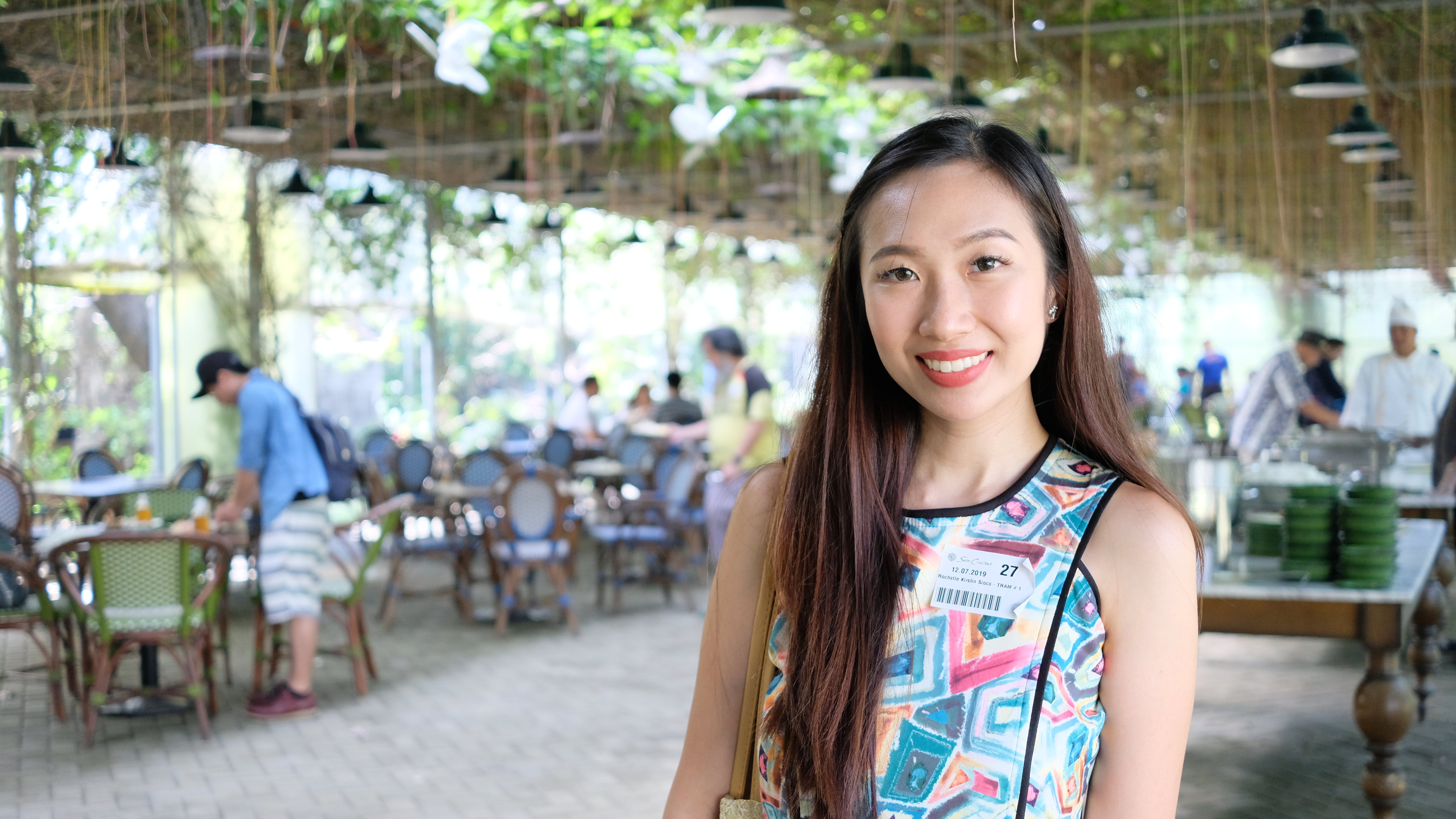


5. Corregidor Spanish Lighthouse
The light station was one of the most important lights in the archipelago. It was established in the 1850s to guide ships to the entrance of Manila Bay on their way to the port of Manila. This light occupies the converging point of two lines of approach for vessels from the China Sea which steer for the entrance of the Manila Bay.




6. Malinta Tunnel
We watched an audio-visual presentation inside the tunnel (ticket costs PhP 200 per person) and further learned how Malinta Tunnel served during the Battle of Corregidor. The Malinta Tunnel is a tunnel complex built by the US Army Corps of Engineers. It was initially used as a bomb-proof storage and personnel bunker but was later equipped as a 1,000-bed hospital.
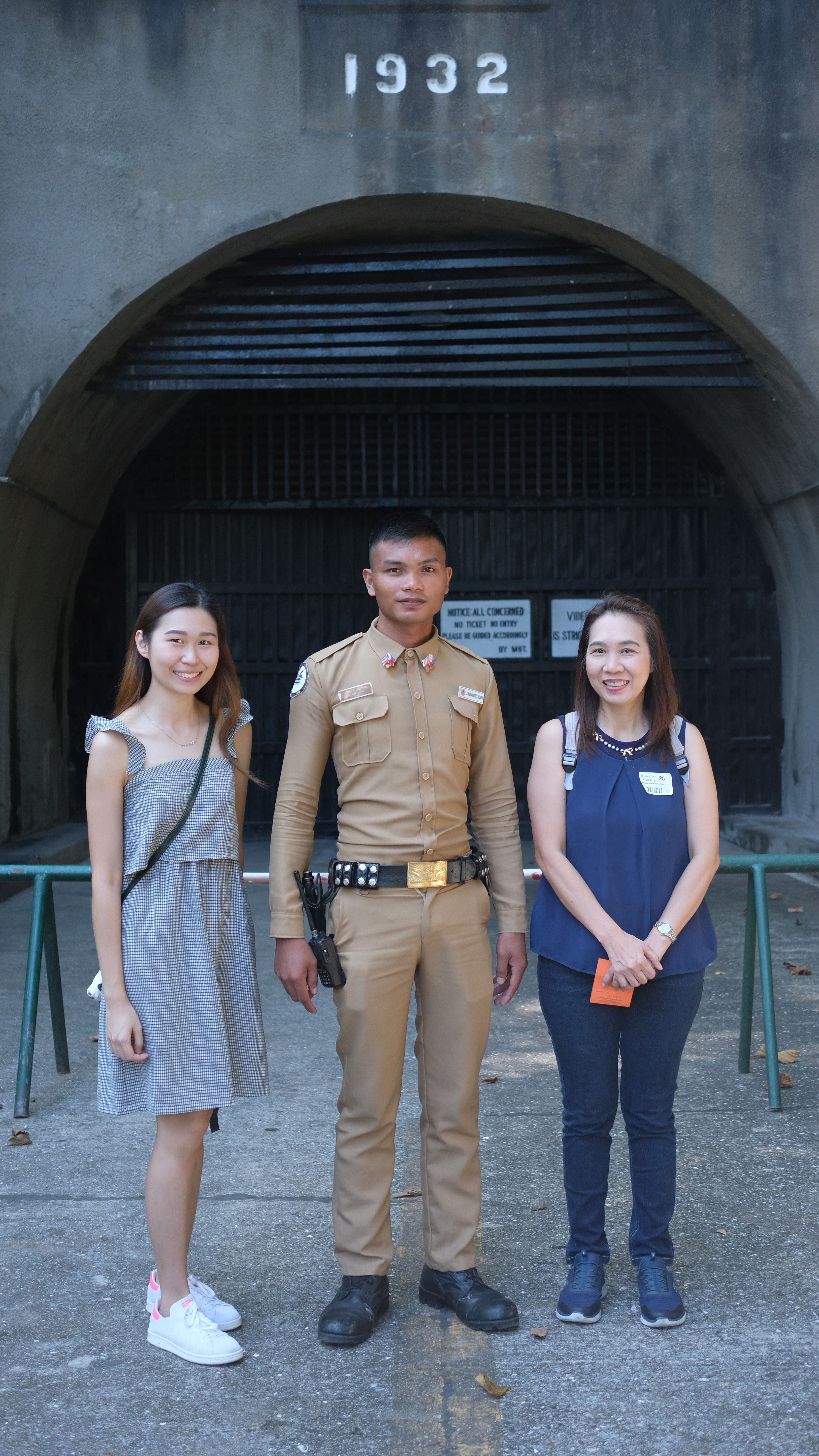


7. Pacific War Memorial Museum
The Pacific War Memorial Museum is a recommended place to visit especially if you want to see photos and items that were found in Corregidor after the war. The museum features the soldiers’ personal belongings like clothing, uniforms, plates and utensils, and some weapons. At the far back end, you’ll see a map of Corregidor and the spots that have infiltrated and destroyed. These photos show accounts and evidences of what transpired during the war.




8. Japanese Garden of Peace (Japanese Cemetery)
The Japanese Cemetery in Corregidor was said to be built by the Americans. The park includes a prayer area, shrines, and pavilion that houses photographs and memorabila. It’s a quiet place where visitors can pray for those who lost their lives during the war. Nowadays, the Japanese Garden of Peace also symbolizes the peace and friendship of Japan and the Philippines.


9. Filipino Heroes Memorial
The last attraction we visited was the Filipino Heroes Memorial, located at the tail end of the island. Designed by famed Filipino Architect Francisco Manosa, the Filipino Heroes Memorial in Corregidor was inaugurated in 1987. It features 14 murals of revolutionary moments of Philippine history which were carved by sculptor Manuel Casal on bronze. This place also has the statue of President Manual L. Quezon, a Filipno Woman, and a military cap in honor of our fallen soldiers.
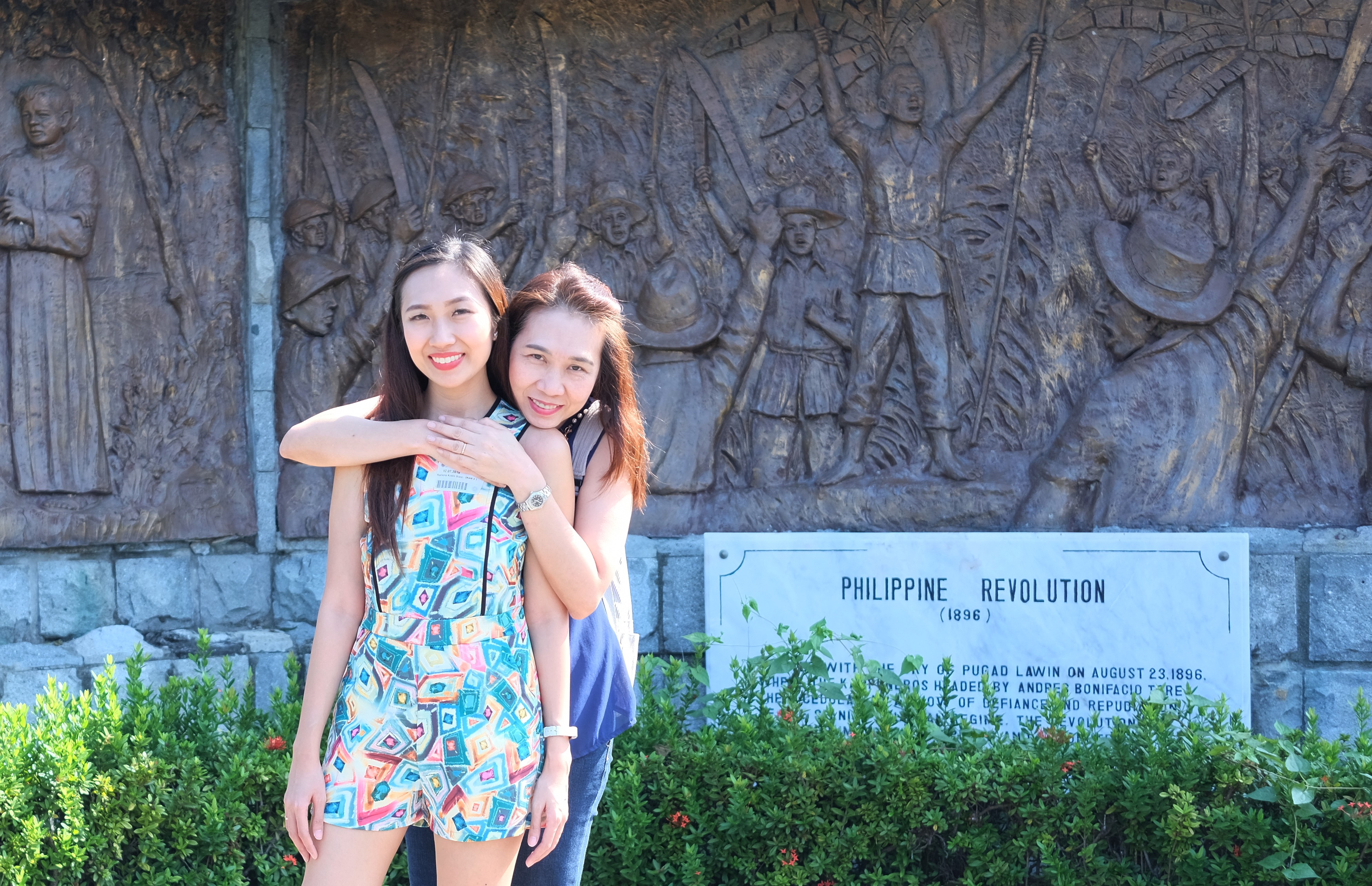
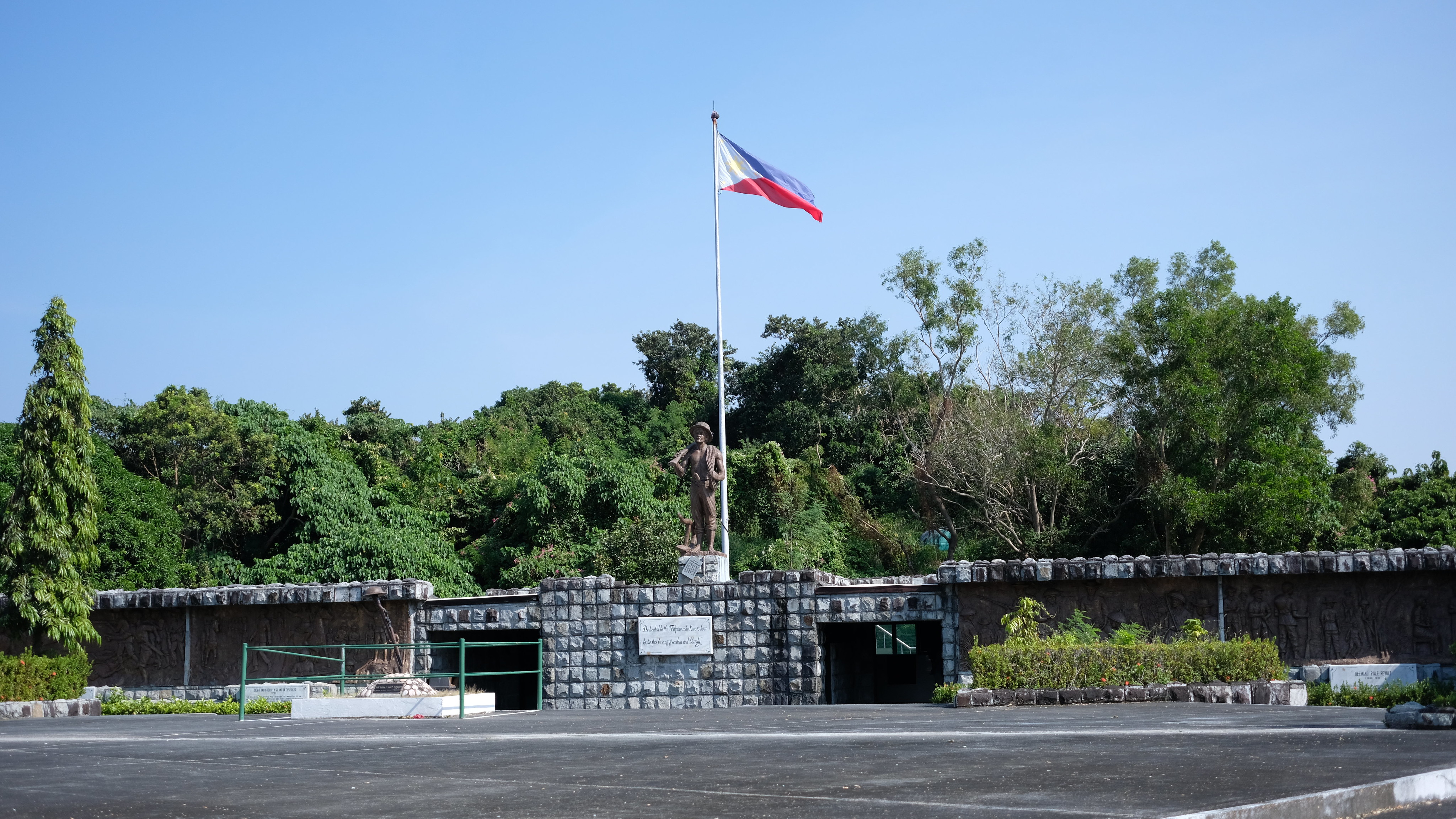





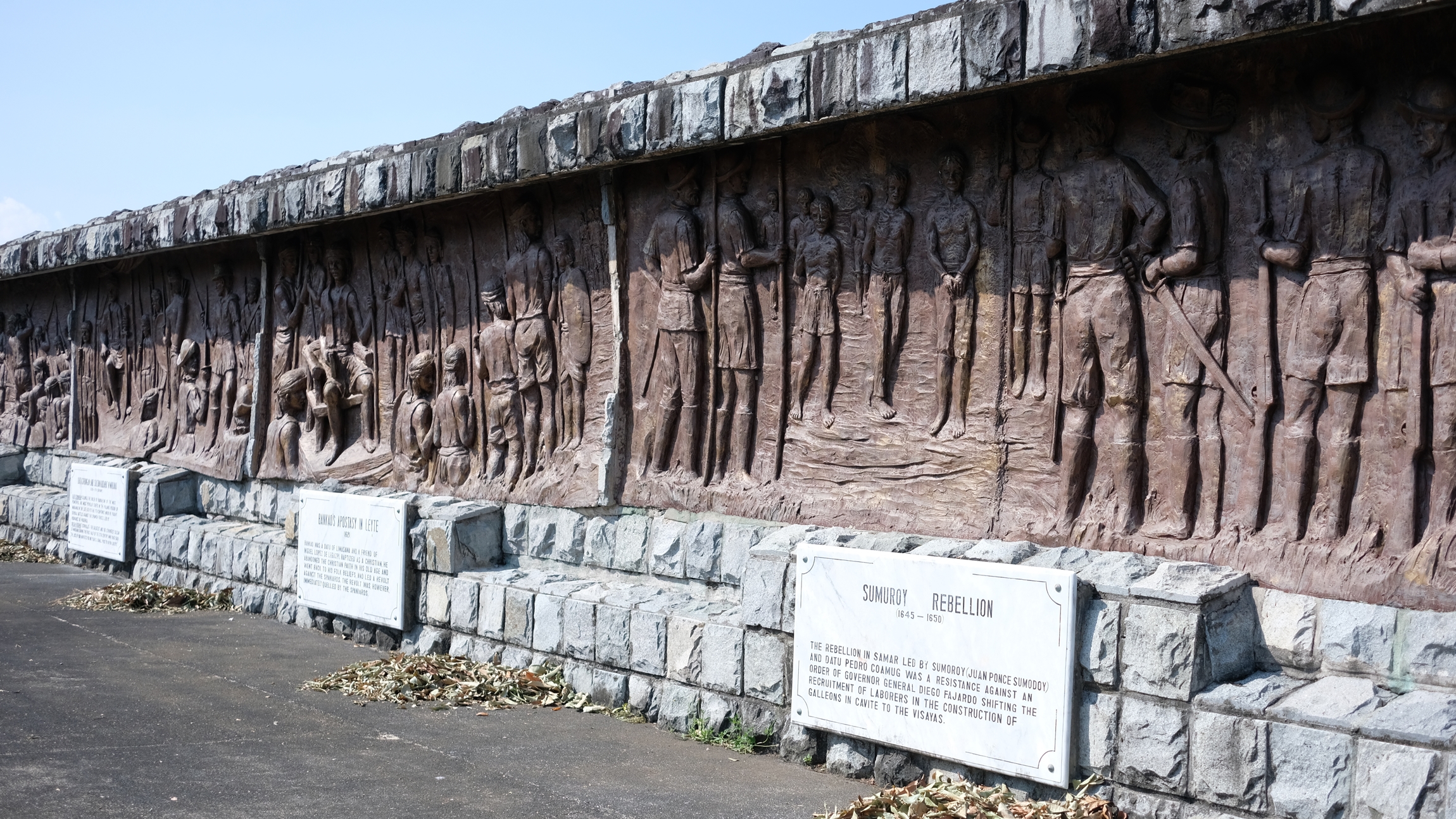

Leave a Reply